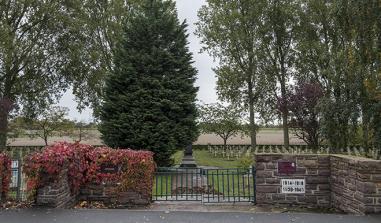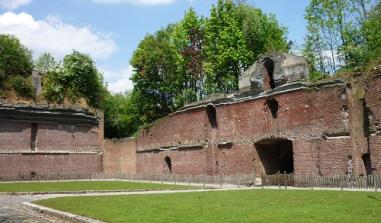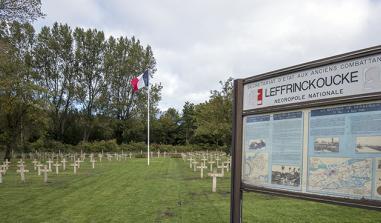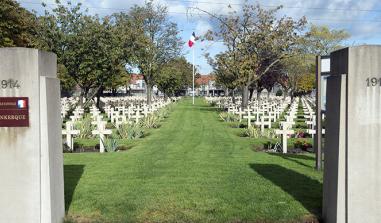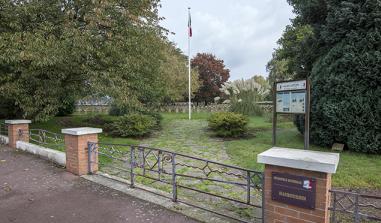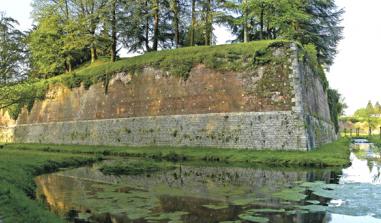Gravelines
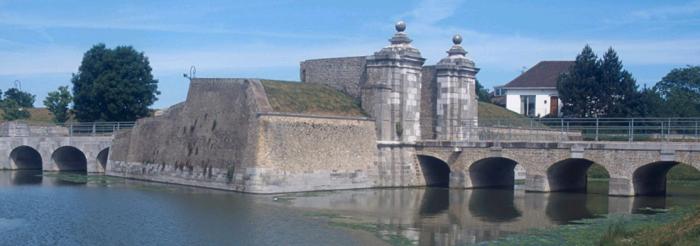
Fortifications de Gravelines. Source : http://www.espaces-fortifies.com
The Gravelines fortifications and the museum of drawing and original printmaking
A garrison town until 1902, Gravelines was a strategic location, since it was the first Flemish town on the coastal border which separated the Kingdom of France from the County of Flanders, incorporated into the Netherlands under Charles V before being, during the ‘Grand Siècle’, the first fortified town in the interior line of the royal pré carré (the ‘square field’, an area of northern France enclosed within two parallel lines of fortresses). Of this strategic position, we are left with 10 km of surrounding walls (classified as historical monuments) and glacis; 3 km from Emperor Charles V (essentially the curtain walls and bastions); 3.6 km from Vauban (ravelins and counterguards), all surrounded by 4 km of glacis and the same of moats.
Alongside these passive elements were constructions whose aim was to strengthen the ramparts. These include magazine powders, bunkers, guardrooms and other strategic buildings.
The master piece of these installations was what the people of Gravelines called the Arsenal.
In fact, it was a collection of military buildings storing the weapons and ammunition as well as the tanks, bunkers (underground vaulted rooms used as protection from bombs) and a bread oven, dating from 1693 and in perfect condition. Today, these military buildings are open to the public in various forms.
The main powder magazine dating from 1742, flanking the centre of the Arsenal, today houses the Museum of Drawing and Original Printmaking, which has also taken up a few bunkers to increase the number of works on display to the public. The bread oven, installed in a bunker built sometime after 1528, is managed by the museum and can be freely accessed.
The soldiers tasked with surveillance were posted in the six guardrooms close to the bastions. Four of the six (Porte aux Boules, Rue de Dunkerque, Bastion du Moulin, Place de l'Esplanade) will undergo renovations. The newly acquired powder magazine located close to the Bastion du Roy will be used to create a cultural and educational trail of the guardrooms and other powder magazines, which will follow the fortifications around the city. Believing that having an army living in boarding houses was not the ideal situation for the civil population, Louis XIV asked de Louvois and Vauban to look into the possibility of building barracks for the soldiers. The plans went ahead and Gravelines was the site of Vauban-style barracks.
The Caserne Varennes (1737) which could house some 576 men of the rank and file (four cells of 144 beds) is impressively large (80 metres in length over three floors) with a facade that gives on to the Place de l'Esplanade, once used as a parade ground. At one time used as housing for the soldiers and a hospital during the First World War, and more recently social housing, the Caserne Varennes will be refurbished into eco-friendly housing. The Caserne d'Huxelles (75 metres long), built between 1793 and 1824 from a collection of blockhouses, was used as a resting place for soldiers forced to withdraw from the Caserne Varennes in the event of artillery fire. Employed as stables during the Third Republic, it will accommodate – after being refurbished – the Museum of Drawing and Original Printmaking, currently housed in the Arsenal powder magazine.
Between the two barrack buildings stands a tank with a volume of 1,420,000 litres, intended to provide the military and then the civil population with drinking water until 1945. Now empty and restored, it will be integrated into the museum.
The Porte de Dunkerque (listed), also known as the Porte aux Boules, has been restored and redeveloped into a pedestrian leisure area.
Water has been returned and the area developed to welcome boats and pedalos for visitors to take a tour – guided if they so wish – around the fortifications offering an alternative approach to the city’s defences. To this end, the ravalins and counterguards have also been renovated and the waterways and walkways restored.
Les Rives de l'Aa Tourist Office
11, rue de la République B.P. 139 - 59820 Gravelines - France
Tel: +33 (0)3 28 51 94 00
Fax: +33 (0)3 28 65 58 19
Hôtel de Ville
Place Charles Valentin - 59820 Gravelines - France
Tel: +33 (0)3 28 23 59 00
Individual and group guided tours:
Maison du Patrimoine 2, rue Léon Blum - 59820 Gravelines - France
Tel: 03.28.65.45.45
Fax: 03.28.65.58.19
Museum of Drawing and Original Printmaking
Tel: +33 (0)3 28 51 81 00
Fax: +33 (0)3 28 51 81 01
Events Regional Fortified Towns Day, last Sunday of April. Le Pardon des Marins (religious ceremony to bless boats before a long voyage), 15 August National Heritage Days, third weekend in September
Website of the regional tourism board for the Nord
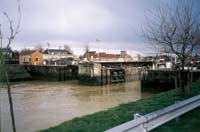
Un des canaux de Gravelines.
Source : SGA/DMPA
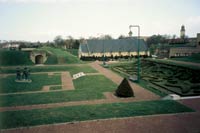
Gravelines. Source : SGA/DMPA
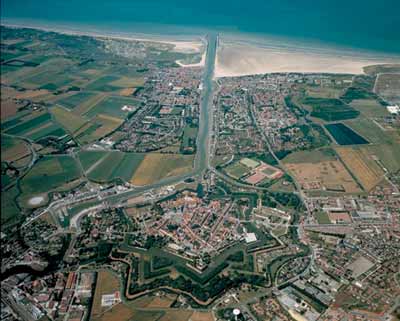
Vue aérienne de la cité de Gravelines. Source : Photo François Hanscotte
> Return to results
Practical information
Address
59820
Gravelines
Tél. : 03.28.51.94.00Fax : 03.28.65.58.19
Weekly opening hours
Accessible toute l'année


